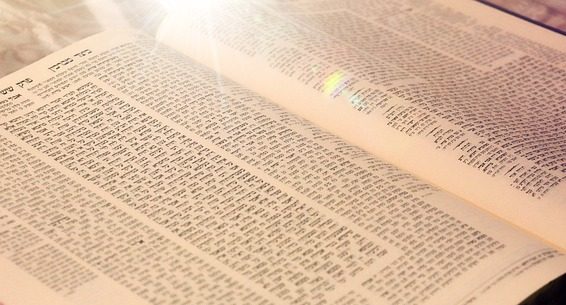The Writing of Torah Shebal Peh (the Oral Law)
Based on Halichos Olam
Torah Shebal Peh is not allowed to be written down (Gittin 60b)
The reason for this is that this ensures an accurate transmission from generation to generation because one will have to study from a master who will ensure that he is understood correctly. (Ritva Ibid).
Rabbeinu HaKadosh (also known as Rebbi and Rav Yehuda Hanasi) (165-220CE) lived in the last generation of Tannaic scholars, and realized that due to the series of tyrannical rulers over Israel, and the laws and edicts forbidding Torah study, Torah Shebal Peh was being forgotten.
Due to Rebbi’s unique relationship with Antoninus, the Roman Emporer, there was a brief respite from the Jews troubles. Rabbi Yehudah Hanasi took advantage of the opportunity to, with the agreement of his contemporaries, convene a meeting of all the receivers of the mesorah of the Oral Law. They all recalled their teachings and it was written down and organized by Rebbi.
This work, known as the Mishnah (literally review) included anything that was transmitted from Moshe Rabbeinu on Mt Sinai and all their practical applications and disputes in theory practical applications. It also included later edicts, rules and safeguards that were enacted by the Rabbis.
The Mishna has six sections:
a) Zeraim – deals with the laws of agriculture
b) Moed – deals with calendrical events
c) Nashim – laws of marriage, divorce, levirate marriage and other marriage and vow related issues
d) Nezikin – laws of damages and monetary law
e) Kodshim – laws of sacrifices and other Temple related laws
f) Taharos – laws of Ritual purity and impurity
As the Mishnayos were typically precisely worded and cryptic, several of Rebbi’s students wrote parallel texts explaining the Mishanayos with additional reasoning and textual sourcing. These are known as Braisos or Tosefta.
Several generations later, a need was once again established to write down the Torah Shebal Peh by Rav Ashi, this time with much more detail and in greater length. This work, known as the ‘Gemara’, is based on the Mishnah but is an all-encompassing work and much broader in scope than the Mishnah.
The Gemara, or Talmud, has four objectives:
1) To fully explain the Mishnayos in their entirety and to add any additional dialogue that may have postdated the Mishna. To this end, the Gemara will often bring in Braisos to help elucidate the Mishnayos.
2) To issue a definitive ruling in the case of a dispute
3) To add any gezeiros or edicts that had been issued since the Mishna
4) To add various moral and ethical lessons to the masoretic tradition
This work was largely done by Rav Ashi in two editions (Baba Basra 157b) it was then added to very minutely by the Rabanan Sovrai, at which point (498CE) it was closed to further annotations.
For a more over-arching view of Torah Shebal Peh please read Rabbi Fink’s excellent article. Make sure to read the comments as well.


How exactly does a chshash of forgetting matir an Isur? What is the lumdus?
presumably that was why he required a consensus of all his contemporaies. The technichal herter is Eis Leasos LaHashem, that you may at times trangress the Torah ‘for Hashem’s sake’. When this would apply is beyond the scope of this article.
Regarding this statement:
“This work, known as the Mishnah (literally review),”
does Mishnah come from SHENI (second look) or SHIN (tooth-sharpen)? What is the root of the word in Hebrew?
It is very unlikely that the Mishna was actually written down. It was certainly codified, but the fact that the Talmud never says ‘ksiv’ about a Mishna, and the fact that the Amoraim discuss which is the correct wording (e.g. first mishna in Avoda Zara) strongly imply that the Mishna remained an oral tradition until much later.
Mahartz Chiyos proves from a number of places in the Talmud that the Mishna was not written until Abaye and Ravas time.
Rabbi Sedley,
Elisha’s Maharitz Ciyos notwithstanding, the Halichos Olam (a Rishon) clearly says Rebbe wrote the Mishanh. Rav Yosef Karo in Kelalei HaGemara says the Mishnah predated Rebbi, he just codified it as law. perhaps that would explain the indications that the mishnah was oral for some time.